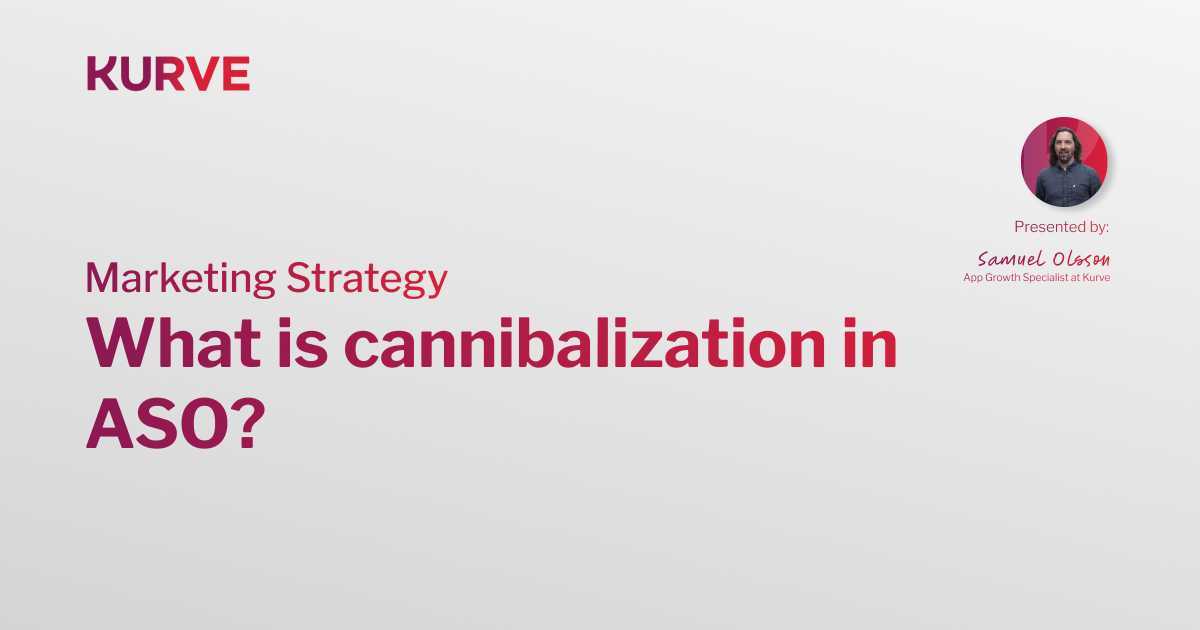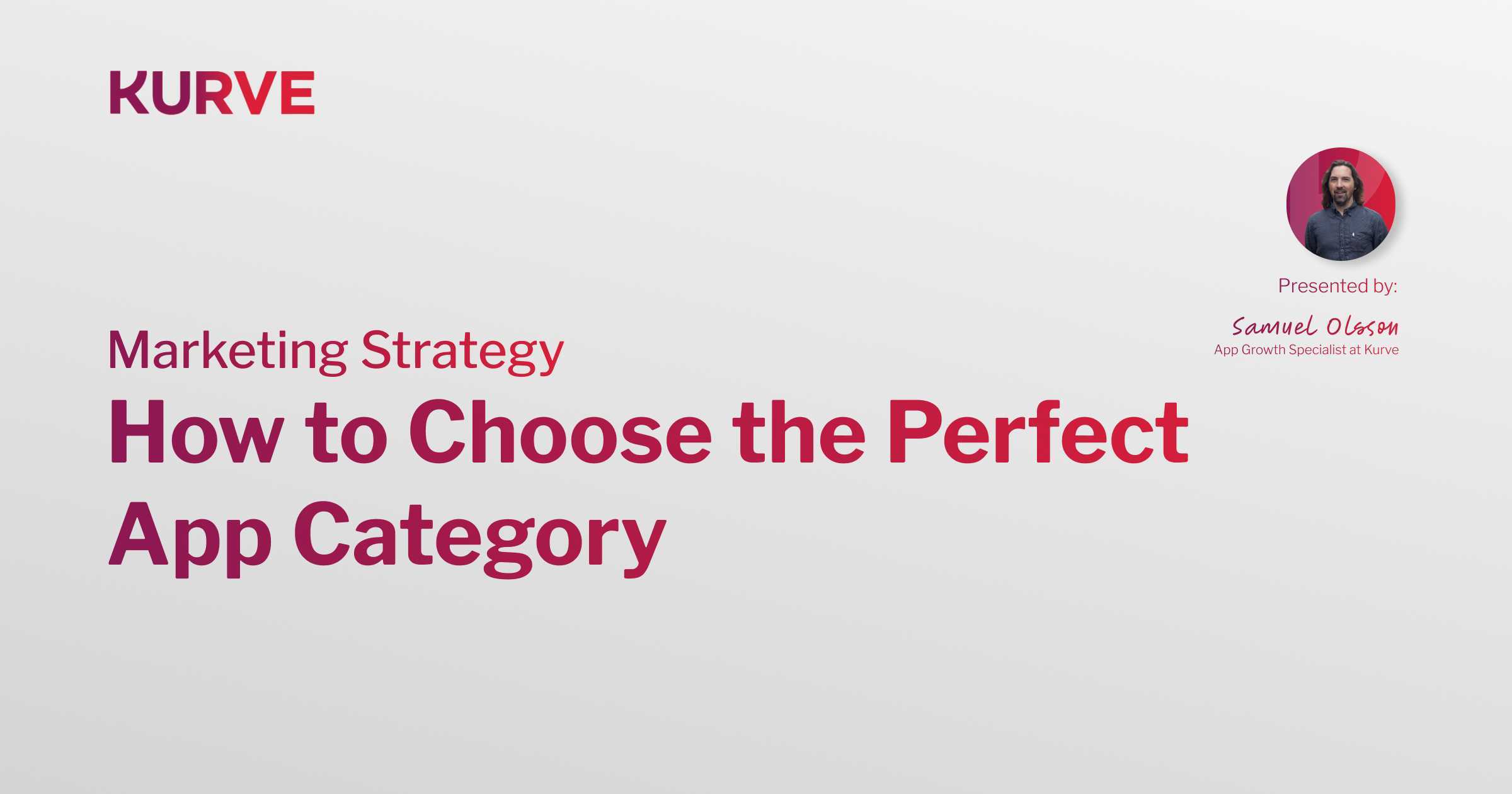Go-to-Market Strategy: Ultimate Guide for Product Launch in 2025
Introducing a new app or digital service to the world is more challenging than ever. With fierce competition, a comprehensive go-to-market (GTM) strategy is crucial to ensure your product stands out, gains traction, and achieves sustainable growth.
That's where we come in. At Kurve, we have years of experience helping businesses of all sizes navigate the complex world of product launches.
In this ultimate guide, we'll reveal what marketing experts do to craft a winning GTM strategy. We'll explore the core principles of planning and positioning, and use cutting-edge examples—from reaching the elusive Gen Z audience to the growth secrets of apps like Sweatcoin and Treecard to show you how to ensure a successful launch in the competitive marketplace of 2025.
What is a Go-to-Market Strategy?
A go-to-market (GTM) strategy is a comprehensive action plan that outlines how a business will launch a new product or service to its target audience. It encompasses various elements, including product positioning, pricing, distribution channels, and promotional tactics, to ensure a seamless launch and sustained growth.
A well-crafted GTM strategy aligns with the company's overarching goals. It considers market dynamics, the competitive landscape, and customer needs. Its primary purpose is to establish a clear path to market, lower risk, and maximize the chances of success.
Go-to-Market Strategy VS Marketing Strategy

While often used interchangeably, there is a big difference between a go-to-market strategy and a marketing strategy. A GTM strategy is a focused, short-term plan for launching a specific product. In the app world, think of it as the rocket fuel for your launch, designed to get you into orbit and to the top of the charts.
A marketing strategy is the long-term, overarching plan for promoting your company's entire brand and product portfolio. It's the navigation system that keeps you in orbit and expands your reach. A GTM strategy is a critical part of your overall marketing strategy, but it's specifically about making a successful entrance.
Types of Go-to-Market Strategies for Apps & Digital Products
There are several GTM models. The choice depends on factors such as your product type, industry, and target audience. For consumer apps and digital services, three models are most common:
Product-led Growth (PLG)
A product-led GTM strategy emphasizes the product itself as the primary driver of acquisition, conversion, and expansion. Companies like Slack, Dropbox, and Calendly are famous examples. This approach focuses on developing a superior product with an excellent user experience, often leveraging a freemium or free trial model to let users experience its value firsthand before paying. This strategy is highly effective for products with mass-market appeal where the product can sell itself.
Marketing-led / Brand-led Growth
This GTM strategy focuses on creating awareness and interest through targeted marketing campaigns to build a powerful brand that pulls users in. Companies adopting this approach use tactics like content marketing, social media, paid advertising (like Google App Campaigns or TikTok ads), and influencer marketing to reach and nurture potential customers. A new fitness or wellness app, for instance, might use social media influencers and paid ads to create buzz and generate a high volume of installs at launch.
Community-led Growth
A community-led GTM strategy focuses on building a loyal and engaged group of users around the product. This approach provides value beyond the core product through forums, events, educational content, and social engagement. For example, a new design tool might create tutorials, challenges, and a Discord server for users to share their work and help each other. This fosters deep user loyalty and turns users into powerful advocates who drive organic, word-of-mouth growth.
Benefits of a Go-to-Market Strategy
A well-planned go-to-market strategy offers numerous benefits, ensuring a successful product launch and long-term growth.

A Clearer Mission
Developing a GTM strategy forces you to get crystal clear on your business model, target audience, value proposition, and competitive landscape. This process aligns your product with genuine market demand and guides decision-making across the entire company.
Reduced Costs & Lower CPI
A well-crafted GTM can reduce costs by identifying the most effective marketing channels and messaging to reach your target audience. This allows you to maximize your marketing budget and achieve a lower Cost Per Install (CPI). Our work with the app Treecard, for example, resulted in a 63% reduction in CPI by focusing on a hyper-efficient TikTok strategy.
Faster Path to Market
By outlining a clear roadmap for product development, marketing, and distribution, a GTM strategy streamlines your efforts and ensures all teams are working towards a common goal. This increased efficiency gives you a competitive advantage, enabling you to launch more quickly and capitalize on emerging market opportunities.
Builds Brand Awareness & Community
A strong GTM strategy is crucial for building brand awareness. It ensures your marketing is targeted, consistent, and aligned with your brand positioning across all channels. For consumer apps, this means fostering trust and loyalty among your target audience to build an authentic community, not just a list of users.
Stimulates Sustainable Growth
A GTM is essential for stimulating your company's growth potential. By identifying the most effective tactics to acquire and retain users, you can focus resources on activities that drive revenue and have a positive LTV:CAC ratio. This paves the way for scalable growth and a competitive edge in the marketplace.
How to Create an Effective Go-to-Market Strategy
This section will explore the essential steps to create a winning GTM strategy, ensuring your product launch and ongoing marketing efforts deliver the desired results.
Identify your Target Audience & Value Proposition
The first step is identifying your Ideal Customer Profile (ICP). Who will benefit most from your product and become a loyal user? For instance, if you're targeting a Gen Z audience with a reward-based app, our research shows they seek tangible, real-world value. This insight helps shape a powerful value proposition like Sweatcoin’s "It pays to walk" a message that is simple, clear, and communicates immediate benefit to its target user.
Nail the Product Experience & Monetisation
Your app must be intuitive, stable, and solve the user's problem effectively. Authenticity is crucial for certain demographics; Gen Z, for example, is quick to dismiss apps that feel 'scammy' or are overloaded with ads. This means your UX and monetisation strategy (e.g., freemium, subscription, in-app purchases) must feel fair and transparent. The most successful apps often fit seamlessly into existing lifestyles, making engagement effortless.
Research The Market & Competitive Landscape
Staying informed of market trends is essential. Understanding your industry, emerging technologies, and evolving customer preferences helps you align your product with current and future demands. Conduct thorough market research by analyzing industry reports, monitoring competitor activity on platforms like TikTok and the app stores, and engaging with thought leaders and potential customers.
Map the Buyer's Journey
The buyer's journey encompasses the stages a customer goes through, from initial awareness of a problem to the decision to download and use your app. For an app, this journey might look like:
- Awareness: Seeing a TikTok video or an ad.
- Consideration: Reading reviews on the App Store, checking out your website.
- Decision: Clicking 'Install'.
- Onboarding & Activation: Completing the sign-up flow and performing a key first action.
- Retention: Becoming a regular, engaged user.
Choose Your Acquisition Channels & Content
Your GTM strategy must define the channels you'll use to acquire users. For many consumer apps, especially those targeting a younger audience, TikTok is a primary channel. The success of Treecard and Sweatcoin demonstrates the power of using authentic User-Generated Content (UGC) and micro-influencers to drive viral growth. However, a robust strategy often combines channels: using TikTok for broad awareness, and Google App Campaigns (ACi) or Apple Search Ads (ASA) to capture high-intent users actively searching in the app stores.
Set your Success Metrics
Setting success metrics is essential for evaluating the effectiveness of your GTM strategy. Identify Key Performance Indicators (KPIs) like Cost Per Install (CPI), Customer Acquisition Cost (CAC), Retention Rate, and Lifetime Value (LTV). It's also crucial to track activation metrics, like the cost per user to complete a key first action (as we did for Treecard's 'Walk to Plant' feature). This ensures you're acquiring high-quality, engaged users, not just empty installs.
Reassess, Optimize, and Readjust
A successful GTM strategy is never static. It requires continuous reassessment and optimization. Track your KPIs, gather feedback from users, and use data to refine your campaigns. As shown in the Treecard case study, a culture of high-volume creative testing is critical. Be ready to adjust your messaging, targeting, or even your channels to ensure the ongoing success of your app.
Final Thoughts
For your product or service launch to be successful, developing and implementing a comprehensive go-to-market strategy is crucial. By following this guide, you'll be well-equipped to compete in a crowded market and create a strong foundation for lasting success. Remember that a robust GTM strategy is an ongoing process, requiring continuous evaluation and adaptation to stay ahead of the curve.
If you're looking for expert guidance in crafting an effective go-to-market strategy for your app or digital service, consider partnering with Kurve. Our team of seasoned experts can provide the support, insights, and resources you need to achieve your business objectives.
To learn more about how Kurve can help you accelerate your growth and maximize your market potential, visit our contact page and get in touch today.


